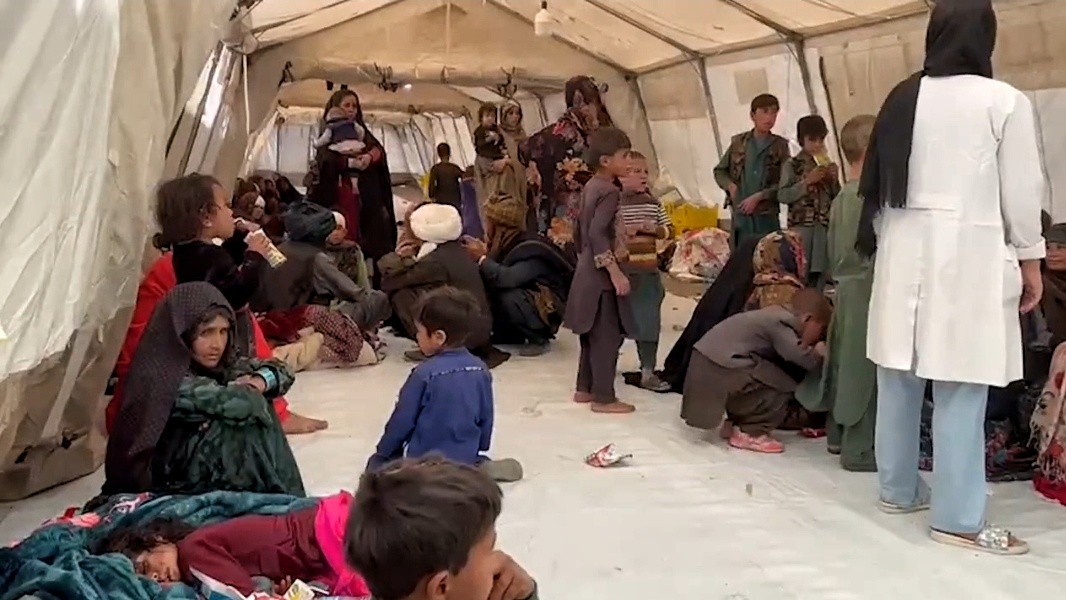Earthquake kills more than 2,400 in Herat
The United Nations has begun to bring in food supplies, but after two days the remoter areas have not been yet reached. Survivors report that some villages have been razed to the ground. Taliban authorities first said more than 9,000 were injured, but then lowered the figure to “more than 2,000”. A Herat hospital has had to set up beds outside.
Kabul (AsiaNews/Agencies) – The death toll from the earthquake that hit Afghanistan two days ago has risen to more than 2,400, Taliban authorities said, but it is hard to confirm the figure.
A spokesman for the Ministry of Disasters, Janan Sayeeq, said that “more than 2,000” injured; initially, he had said that 9,240 people had been injured.
The affected region is subject to frequent earthquakes. With a magnitude 6.3, Saturday’s quake was one of the deadliest in recent years, the worst of 2023 after the February earthquake that killed about 50,000 people in Syria and Turkey.
The quake struck several villages at 11 am, 35 km northwest of the city of Herat, which is 120 km east of the Iranian border and is considered Afghanistan’s cultural capital.
According to the latest figures from the United Nations Office for the Coordination of Humanitarian Affairs (OCHA), at least 1,023 people were killed and another 1,663 injured in eleven villages in the district of Zenda Jan, where all the houses, mostly in mud, were destroyed. Another 516 people are currently missing.
Humanitarian experts expect the number of casualties and affected families to increase once more remote areas are reached, this, in a country where decades of war left the infrastructure inadequate to cope with emergencies.
After the Taliban took power again in August 2021, funding in healthcare decreased.
"In the very first shake all the houses collapsed," said one Herat resident. "Those who were inside the houses were buried," he added. "There are families we have heard no news from."
People who were working outside their homes at the time of the quake said that entire villages vanished.
“We looked around, the village was levelled, there was nothing, it was dusty. When the dust settled, we came and saw that there was nothing, and the village was gone,” said Ali Ahmad, a resident in Herat’s Zenda Jan district
Survivors dug through the rubble with shovels and bare hands. Many are preparing to sleep outdoors for the second night in a row.
Most of the injured, primarily women and children, local doctors said, were moved to a Herat hospital, which said it was treating more than 550 patients. Several beds have also been set up outside the facility.
A local news agency, AMU, one of the few independent Afghan media outlets, described the situation of survivors, many of whom have the added burden of losing all or most of their family.
Mah Gul, a resident of Ghogha village in Zenda Jan district, said: “25 people died in our house. We were left with only two women… We were left with a man and his three children.”
As search and rescue operations continue, UN aid workers have begun handing out food aid.
Meanwhile, US Secretary of State Antony Blinken said: “The United States is carefully tracking the impact of yesterday’s (Saturday) earthquake”.
Japan stated that it is working with international organisations to deliver necessary assistance, while China announced that its Red Cross will provide around 0,000 to help quake victims.
Iran and Pakistan announced that they are sending rescue teams to Herat.
28/01/2023 14:36
10/10/2005







.png)










